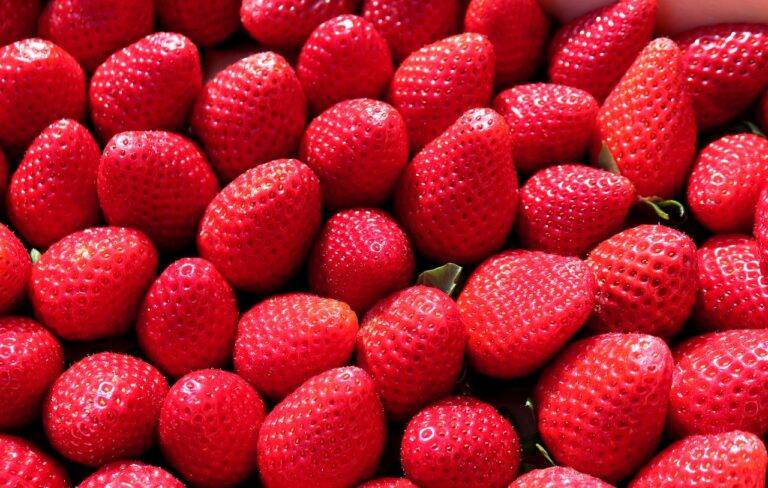The Art of Food Presentation: Elevating Culinary Experiences
Visual appeal in food plays a crucial role in influencing our overall dining experience. The presentation of a dish contributes significantly to our perceptions of taste and quality. When a meal is thoughtfully arranged on a plate with vibrant colors, varied textures, and appealing shapes, it can evoke a sense of excitement and anticipation before even taking the first bite.
Research has shown that diners often associate well-presented dishes with higher levels of freshness, taste, and creativity. Moreover, visually appealing food has been found to enhance appetite and encourage people to eat more. Chefs and food professionals understand the importance of not only creating delicious flavors but also presenting them in an aesthetically pleasing manner to provide a multi-sensory experience for diners.
Creating Balance and Harmony on the Plate
To achieve balance and harmony on the plate, chefs often rely on the principles of color, texture, and taste. A well-composed dish will feature a variety of contrasting elements, such as crunchy nuts against creamy avocado or tangy citrus paired with sweet and savory flavors. These contrasts create a dynamic and exciting eating experience for the diner, engaging all the senses at once.
In addition to contrasting elements, chefs also consider the visual appeal of the dish when creating balance and harmony on the plate. Utilizing different shapes, sizes, and heights of food items can add interest and create a visually appealing presentation. By carefully arranging the components on the plate, chefs can draw the diner’s eye to different focal points, guiding them through the dish and enhancing their overall dining experience.
Why is visual appeal important in food presentation?
Visual appeal is important in food presentation because it enhances the overall dining experience. It can stimulate appetite, create anticipation, and contribute to a sense of balance and harmony on the plate.
What is the significance of creating balance and harmony on the plate?
Creating balance and harmony on the plate ensures that the different elements of a dish complement each other in terms of taste, texture, and color. It helps to create a visually appealing and satisfying meal.
How can I achieve balance and harmony on the plate?
To achieve balance and harmony on the plate, you can consider factors such as color, texture, and placement of food items. Use a variety of colors and textures, arrange the food in an aesthetically pleasing manner, and pay attention to portion sizes.
Can I still enjoy a meal if it doesn’t look visually appealing?
While visual appeal is important, the taste and quality of the food are ultimately what matters most. However, taking the time to create a visually appealing presentation can enhance the overall dining experience and make the meal more enjoyable.





